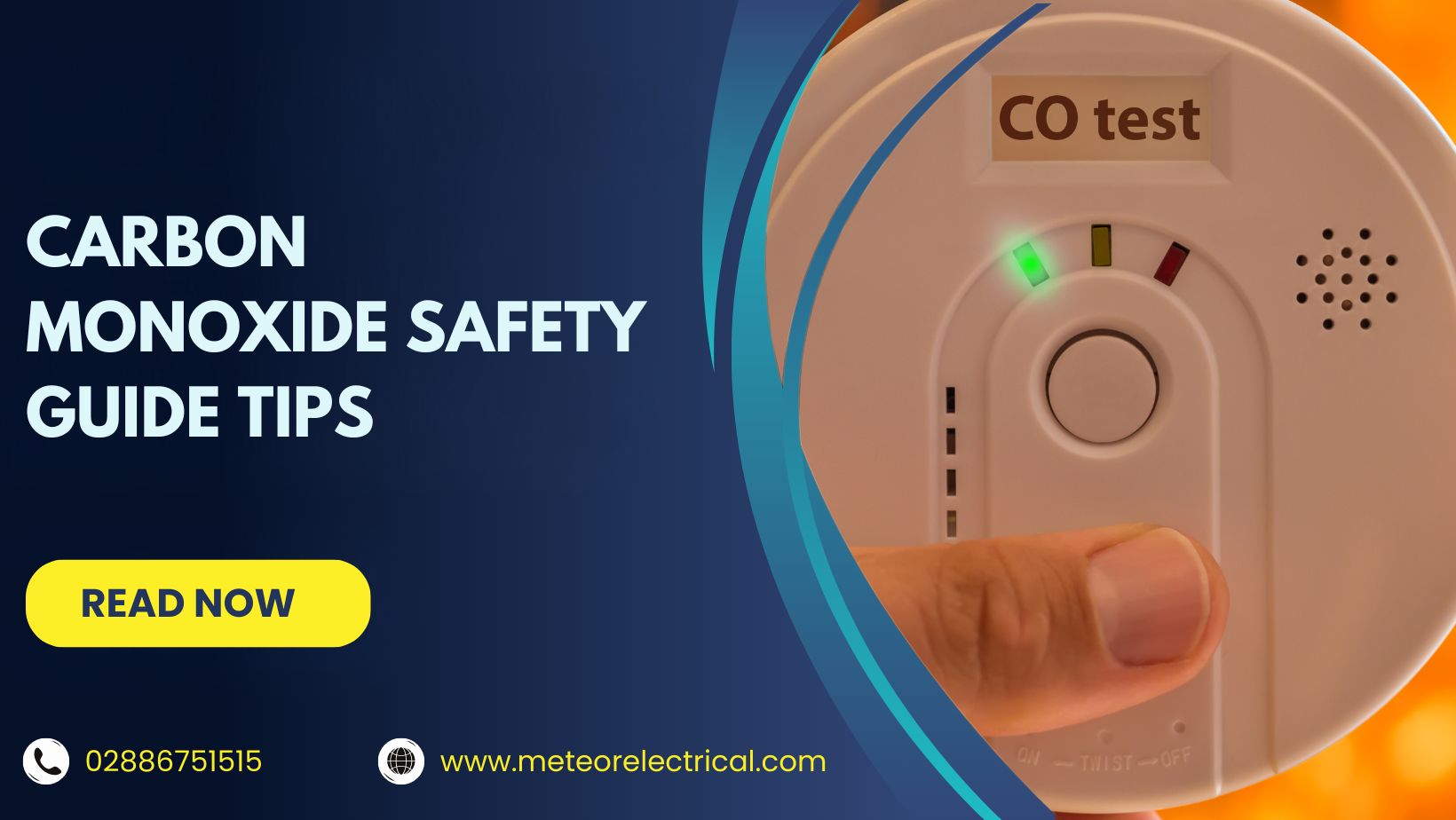Carbon Monoxide Safety Guide | Meteor Electrical
Carbon-Monoxide Safety at Home: 5 Essential Steps Every Family Should Know
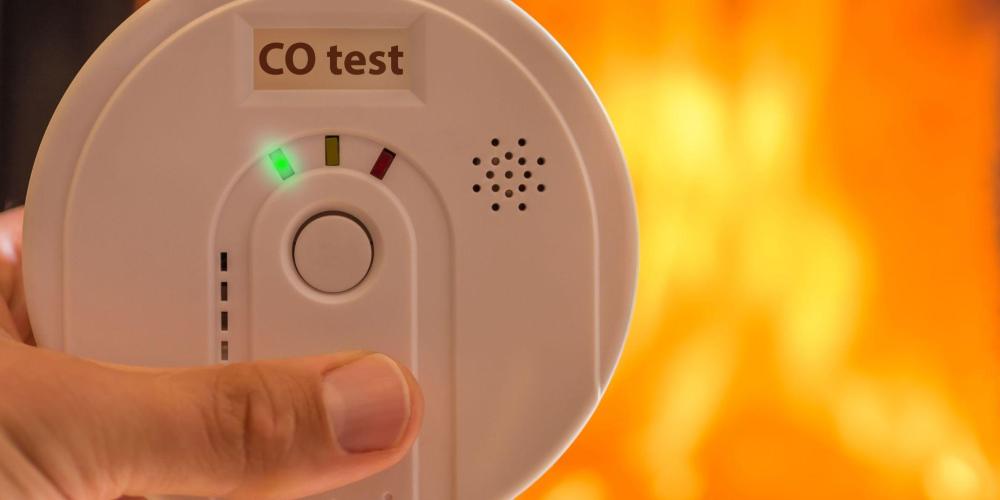
Carbon monoxide (CO) is called the “silent killer” for a reason: the gas is colourless, odourless, and can overwhelm you before you realise anything is wrong. The Centers for Disease Control and Prevention reports that more than 400 people in the United States die from unintentional CO poisoning each year, while thousands visit emergency departments with symptoms ranging from headaches to loss of consciousness.
Yet safeguarding your home is surprisingly straightforward when you understand the risks and install the right alarms. Below, we outline five expert-backed steps to keep your household safe—plus the latest legal requirements and product tips from Meteor Electrical.
1. Know Where CO Comes From
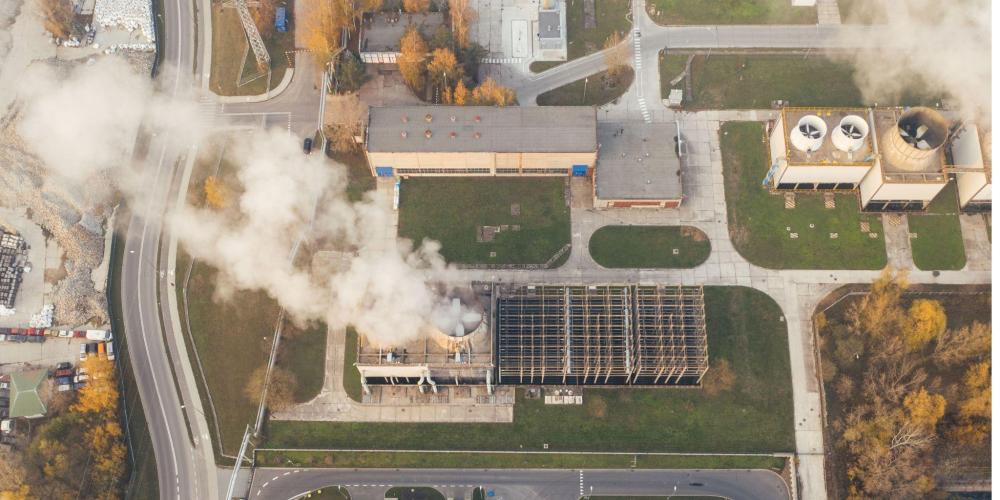
Any fossil-fuel-burning appliance can produce CO if it is poorly ventilated or faulty. Boilers, gas fires, wood-burning stoves, generators, and even idling vehicles in attached garages all pose a threat. According to the National Fire Protection Association, blocked chimneys and cracked heat exchangers are common culprits, so routine servicing is critical.
2. Install a Detector on Every Floor
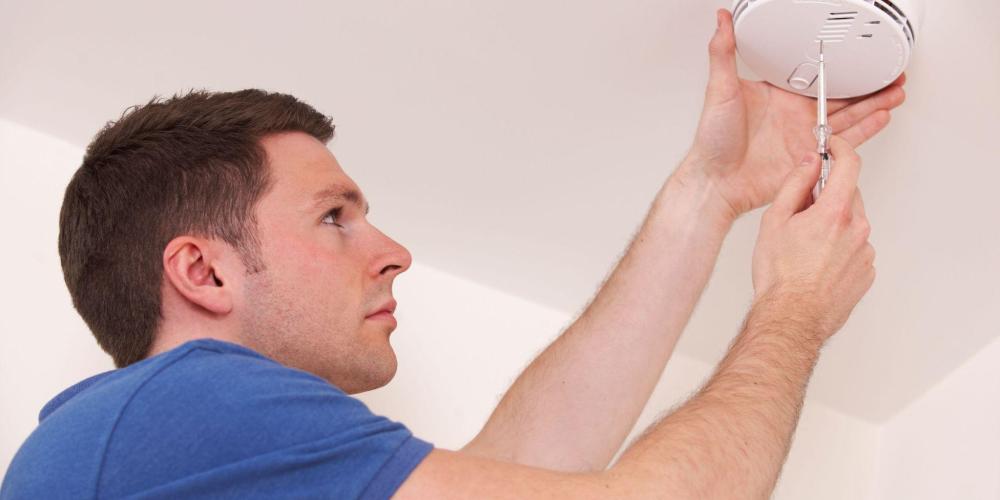
Experts recommend at least one alarm per level, including the basement and near sleeping areas. New-build properties in the UK and Ireland already require hard-wired detectors, but older homes often rely on plug-in or battery models. For maximum protection, choose an EN 50291-certified unit with an end-of-life indicator.
3. Place Alarms Correctly
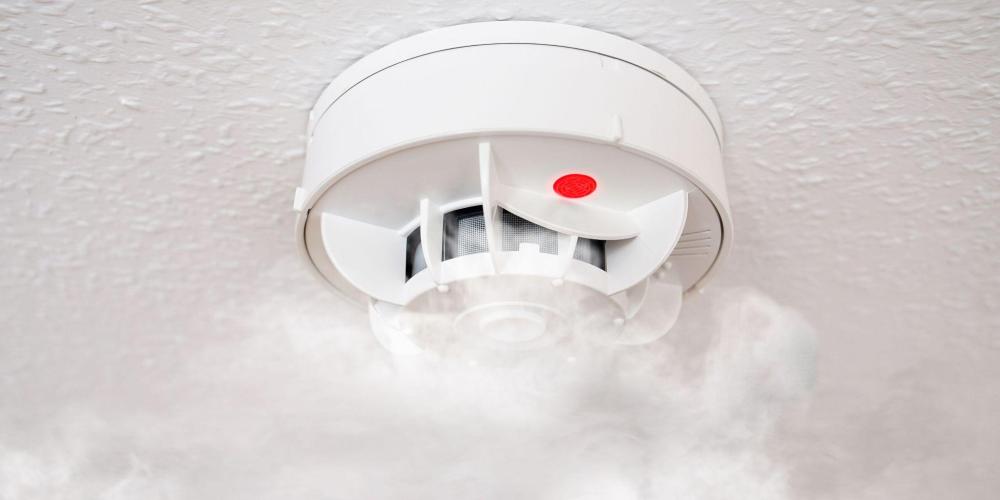
CO mixes evenly with air, so position monitors about head height when you are asleep—typically on a bedside table or hallway shelf. Avoid corners, dead-air spaces, or spots right beside windows and extractor fans. And never mount CO alarms behind curtains or furniture where airflow is restricted.
4. Test and Replace on Schedule
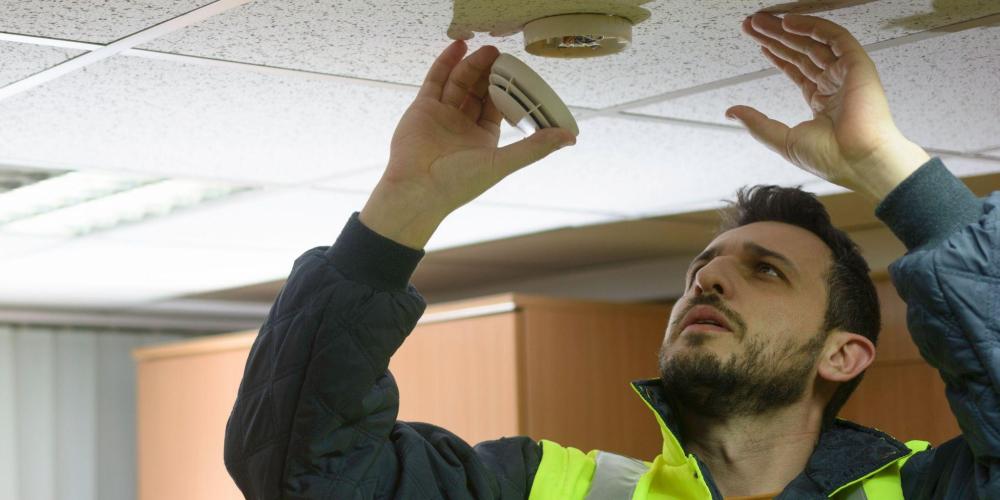
Press the “Test” button weekly and replace batteries when the device chirps. Even sealed 10-year units need replacing at the end of their life span. A quick monthly vacuum around the sensor prevents dust build-up that could delay activation. The U.S. Consumer Product Safety Commission advises writing the replacement date on the alarm itself to avoid guesswork.
5. Stay Up to Date on Local Legislation

In many regions, landlords and business owners must provide functional CO alarms near fuel-burning appliances. For instance, the UK’s 2022 Smoke and Carbon Monoxide Regulations mandate detectors in rented properties with solid-fuel heaters. Failure to comply can result in hefty fines and, more importantly, endanger tenants.
Quick-Reference Checklist
- Annual servicing by a registered gas engineer
- Chimney and flue inspection before heating season
- Never use charcoal grills or portable generators indoors
- Open garage doors before starting a vehicle
- Replace alarms every 7-10 years or as manufacturer directs
Credit: This Old House
Conclusion: Protect Your Home the Smart Way with Meteor Electrical
Carbon-monoxide safety starts with awareness and the right equipment. From EN-certified detectors to hard-wired alarm kits, Meteor Electrical carries a full range of products that make compliance simple and affordable. Our technical team can even advise on placement and wiring so you can shop with confidence. Don’t wait for an emergency—equip your home today, and breathe easier knowing your loved ones are protected.
FAQs
1. What symptoms indicate carbon-monoxide poisoning?
Headache, dizziness, nausea, and confusion are early signs. Severe exposure can cause fainting or death.
2. How often should I replace a CO detector?
Most units last 7 to 10 years. Check the manufacture date printed on the alarm.
3. Do I need a detector if I have electric appliances only?
If your home has no fuel-burning devices and no attached garage, CO risk is minimal, but local codes may still require an alarm.
4. Can a smoke alarm detect carbon monoxide?
No. You need a dedicated carbon-monoxide detector or a dual-sensor unit certified for both hazards.
https://www.meteorelectrical.com/media/.renditions/wysiwyg/carbon.jpg

